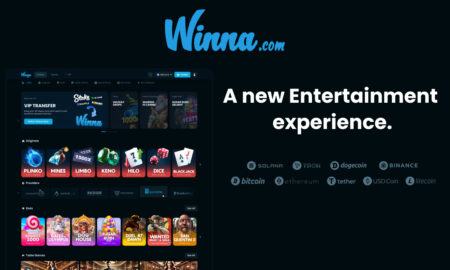On Thursday (June 16), the day after hardware wallet maker Ledger added support for $ADA to Ledger Live, its software for managing digital assets on Ledger devices, the Paris-headquartered firm took “a deep dive into the world of Cardano, and its native coin ADA.”
Support for $ADA on the Ledger Live desktop app means that “you can not only secure your private keys offline as you interact, but also manage, send and receive your tokens seamlessly on your Ledger Live interface.” It allows buying $ADA tokens directly via Ledger’s API partner, MoonPay, and have them be sent “straight to your Ledger Nano.”
Yesterday, Ledger Academy published a guide titled “What Is Cardano” for beginners. What makes this guide interetsing is how much praise it has for Cardano and its $ADA token.
Here are a few highlights:
- “Cardano uses a unique proof-of-stake consensus protocol called Ouroboros to secure its network, special because it’s the first provably secure, academically-reviewed consensus protocol. Using this consensus mechanism gives Cardano a number of advantages over other blockchains.“
- “… the energy consumed by Cardano is 99% less than the majority of other blockchains, making it a good option for long-term sustainability.“
- “Although Cardano is not known for featuring NFTs, it is still clocking huge volumes, and could be a space to watch in future.“
- “Cardano’s DeFi ecosystem is also rapidly expanding, bringing the vast options of decentralized finance to new audiences, thanks to its minimal gas fees.“
- “… it’s also pretty convenient to stake on Cardano because there’s no lock-up period, and you can manage your assets directly through your own wallet.“
- “Cardano also plans to significantly improve its transaction speed to more than 1 million TPS with the upcoming Hydra scaling solution, further increasing its potential real-world utility.“
- “… Cardano is leaving no stone unturned to establish itself as THE democratic, energy-efficient, and accessible blockchain in the crypto space…“
In February, Kraken Intelligence, the research arm of crypto exchange Kraken, released a 42-page highly impressive research report titled “Cardano: A new generation in smart contract platform design”. After the introduction, the report examines Technology, Web3 Ecosystem, and Network Growth & Adoption.
Here are some key highlights from Kraken’s report:
- “Cardano initially took on notoriety among a class of ICO-craze-driven projects in 2017 following the network’s launch. While the ICO-wave gained infamy from the number of overpriced assets that ultimately disappeared into crypto dust, Cardano finds itself among a subset of ICO Warriors that persisted the treacherous perils of a dark and quiet crypto winter — bloody, beaten, yet hungry for more.“
- “Importantly, Cardano is very much a value-driven project, emphasizing community governance, academic peer-review, and the importance of high assurance programming.“
- “Cardano’s values have noticeably directed the project’s developments and design decisions, and as a result, the blockchain looks like it has been designed with the purpose and standards of providing decentralized, global, financial infrastructure rather than only focusing on providing a Web experience.“
- “With ambitious goals, Cardano recognizes the necessity for their infrastructure to run correctly the first time it runs. This is in contrast to a ‘launch now, fix as we go’ philosophy employed by many Silicon Valley development teams.”
- “Ironically, despite the ‘Ethereum Killer’ label, Cardano is actually far more reminiscent of Bitcoin, particularly with respect to its tokenomics, consensus protocol, and accounting style.“
- “Cardano’s design is fundamentally unique among most of its peers particularly as its design closely reflects a PoS-based, smart contract-enabled version of Bitcoin, due to the design of its base protocol and accounting model, rather than an iteration on Ethereum.“
- “Key technical features that distinguish Cardano from its L1 peers are its base protocol Ouroboros and its secure delegator-friendly design, the Extended Unspent Transaction Output (EUTXO) accounting model, the project’s Haskell base, unique Layer-2 (L2) solutions, and community focus.“
- “… Cardano adopted Haskell in an effort to build a product with unmatched advantages in reliability and security and to position itself as a viable solution for institutional-grade, global financial infrastructure.“
Image Credit
Featured Image by “AnTa_ranga” via Pixabay.com








